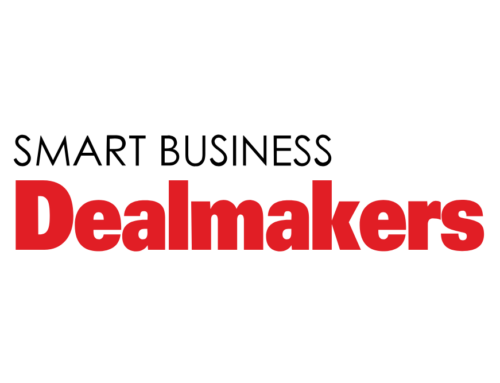What to look for in a financial wellness program. Employers want to help employees meet their short-term financial needs during the COVID-19 pandemic first.
Employees are seeking financial guidance to help them navigate the economic fallout from the COVID-19 pandemic and take control of their finances
Nearly 60 percent of workers say that they or a close family member have been financially impacted by COVID-19, according to the latest Modern Wealth Survey by Charles Schwab. They’re 15 percent more financially stressed than they were before the pandemic and they think their increased stress might have a lasting effect on their wellbeing. It’s prompted many of them to start taking steps to improve their personal finances and employers are eager to help.
Financial stress is one of the top motivators driving organizations to invest in financial wellness programs and 40 percent say that addressing financial stress is a top reason for increasing voluntary benefits, according to a new survey by Buck.
“Financial wellbeing is clearly a top priority for employers,” said Brian Stitzel, U.S. Health Practice Leader for Buck. “Now, as we navigate the impact of COVID-19 on the U.S. economy, it’s even more critical. Workers who’ve had wages reduced, been furloughed, or re-hired after a period of unemployment, may need extra support. And employers recognize that using voluntary benefits to help meet these employee needs can benefit their organization by lowering costs and increasing loyalty.”
What to Look for in a Financial Wellness Program
Employees are concerned about missing mortgage or car loan payments, using credit cards to pay for everyday expenses, draining their savings accounts and withdrawing from their retirement savings in the next few months. Helping employees meet short-term financial needs to prevent scenarios like these is a top priority for employers.
When looking at the features of financial wellness programs, employers are most interested in:
- 68 percent of employers want to help employees budget and save
- 66 percent of employers want to help employees manage their credit card debt
- 59 percent of employers want to help employees deal with unexpected medical expenses
- 58 percent of employers want to help employees retire when they’re ready
Employers are also considering adding financial wellness benefits that support emerging employee financial needs:
- 20 percent want to add student loan guidance and refinancing
- 18 percent want to add a student loan repayment benefit
- 13 percent want to add hospital indemnity insurance
- 11 percent want to add long-term care insurance
It’s important that employers choose a financial wellness program that is flexible enough to meet the varying needs of their employees both now and as they change over time.
How Best Money Moves Can Help
Best Money Moves is a financial wellness program that provides all the guidance and support employees need to help them reduce their financial stress. It has tools and features that help employees measure their financial stress, budget for monthly expenses, pay down debt and plan for emergencies.
Employees can talk to trained professional financial counselors and educate themselves about everything from investing to co-signing loans and buying their first homes with access to a library of over 700 articles, videos and calculators.
Best Money Moves is also gamified, featuring a point-based rewards system where users earn points every time they log in, enter their information into their profile, work with their budgets, read articles and measure their stress. Each point translates into a chance to win a monthly contest.
Employers want a financial wellness program that is expansive, engaging and suited to meet each of their employee’s unique needs and they’ve found it in Best Money Moves.
If you want to learn more about how Best Money Moves can bring financial wellness to your company download our whitepapers and sign up for a demonstration here.
More on Topics Related to What to Look for in a Financial Wellness Program
Helping Employees During Coronavirus/COVID-19 Pandemic
Top 10 Employee Benefits for 2021
Returning to Work After the Coronavirus Pandemic





